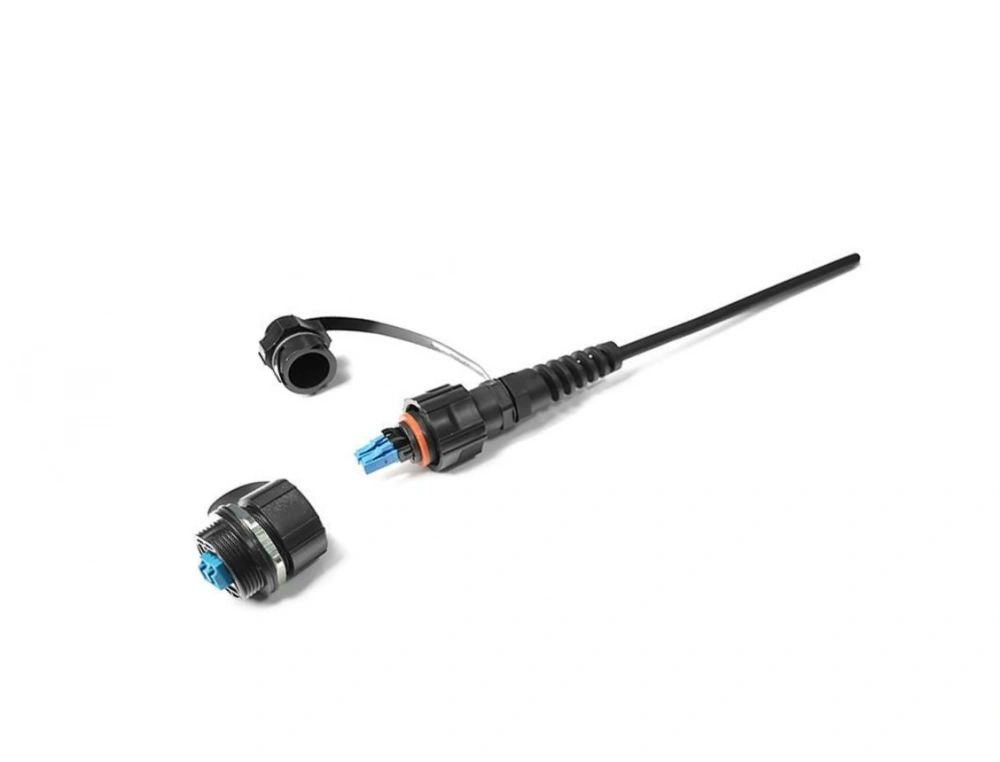Understanding the characteristics and importance of hot-swappable connectors

Hot-swappable connectors play a vital role in the seamless functioning of optical fiber networks. These connectors provide the convenience of replacing or connecting optical fibers without interrupting the system's operation. It is essential to comprehend the key features and material selection suggestions to ensure optimal performance and durability of these connectors.
Advantages of hot-swappable characteristics
Hot-swappable characteristics offer several advantages over traditional connectors. Firstly, they enable easy installation and removal of optical fibers, reducing the time and effort required for maintenance and system upgrades. Secondly, these connectors allow for quick restoration of services in case of faults or failures, resulting in improved network reliability and reduced downtime. Thirdly, hot-swappable connectors minimize the risk of damaging the existing connectors and fibers during the replacement process, ensuring efficient and error-free operations.
Key selection factors for connector materials
Choosing suitable materials for optical fiber connectors is crucial to achieve optimal performance and longevity. Several factors affect material selection, including mechanical strength, durability, cost, and environmental compatibility. Below are some suggestions for selecting appropriate materials:
1. Mechanical Strength:
The connector materials should have excellent mechanical strength to withstand physical stresses during installation, handling, and use. Common materials with high mechanical strength include stainless steel, aluminum alloy, and reinforced plastics.
2. Durability:
Connectors should be made from durable materials to withstand frequent mating and unmating cycles without significant degradation. Materials like ceramic, zirconia, or high-grade plastic compounds are often recommended for their resilience and wear resistance.
3. Cost-effectiveness:
The choice of connector materials should also consider cost-effectiveness. Materials like high-quality plastics or composite materials can provide a balance between performance and affordability, without compromising reliability.
4. Environmental Compatibility:
Considering the operating environment is crucial to ensure the connectors withstand various conditions such as temperature, humidity, and exposure to chemicals. Opting for materials with corrosion resistance, resistance to moisture, and high-temperature stability such as stainless steel or corrosion-resistant plastics can significantly enhance connector lifespan.
Conclusion
In summary, understanding the hot-swappable characteristics and selecting suitable materials for optical fiber connectors is essential for efficient network maintenance and long-term reliability. By considering factors such as mechanical strength, durability, cost-effectiveness, and environmental compatibility, network operators and technicians can ensure optimal performance and longevity of the connectors, resulting in seamless and uninterrupted data transmission.



